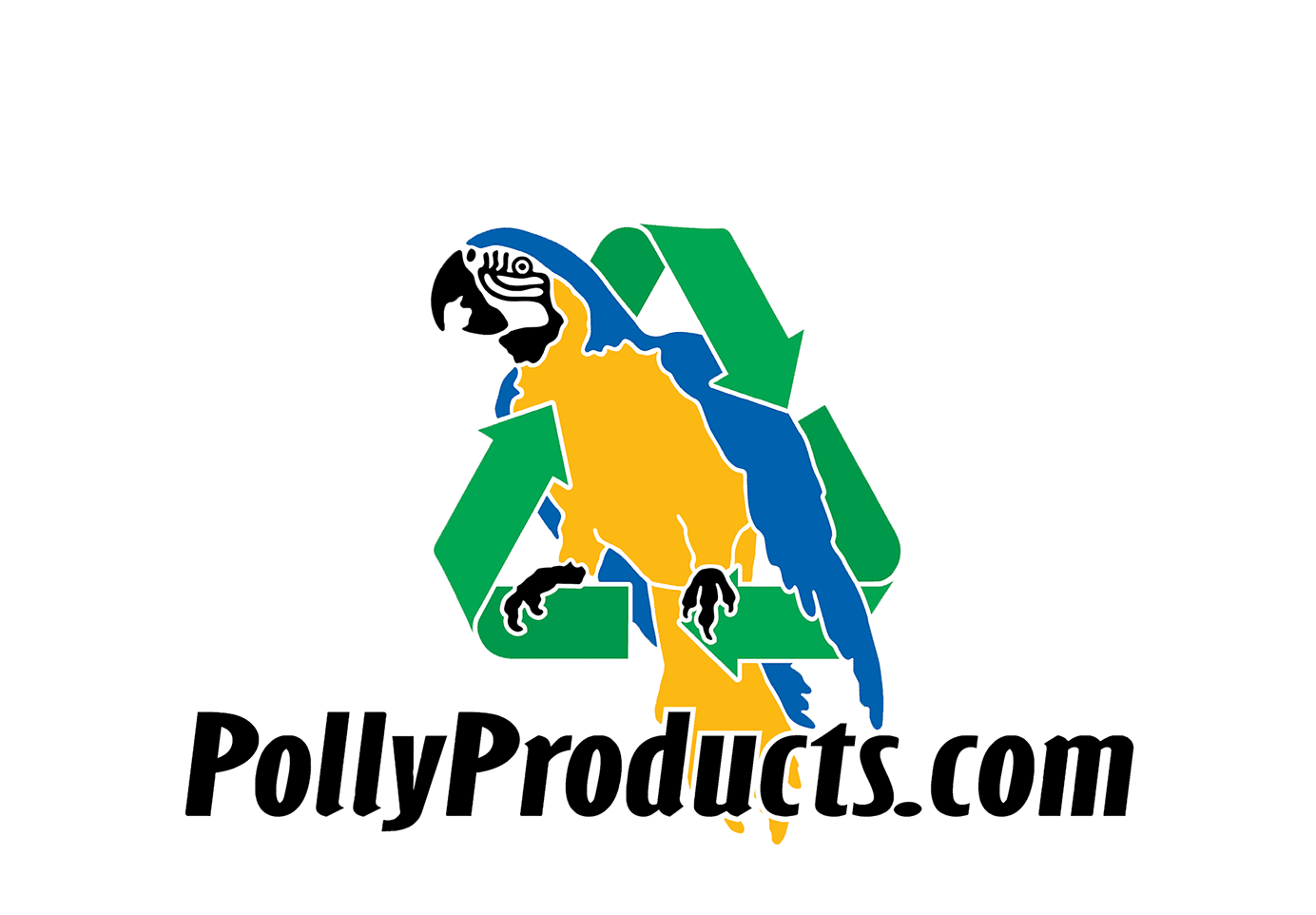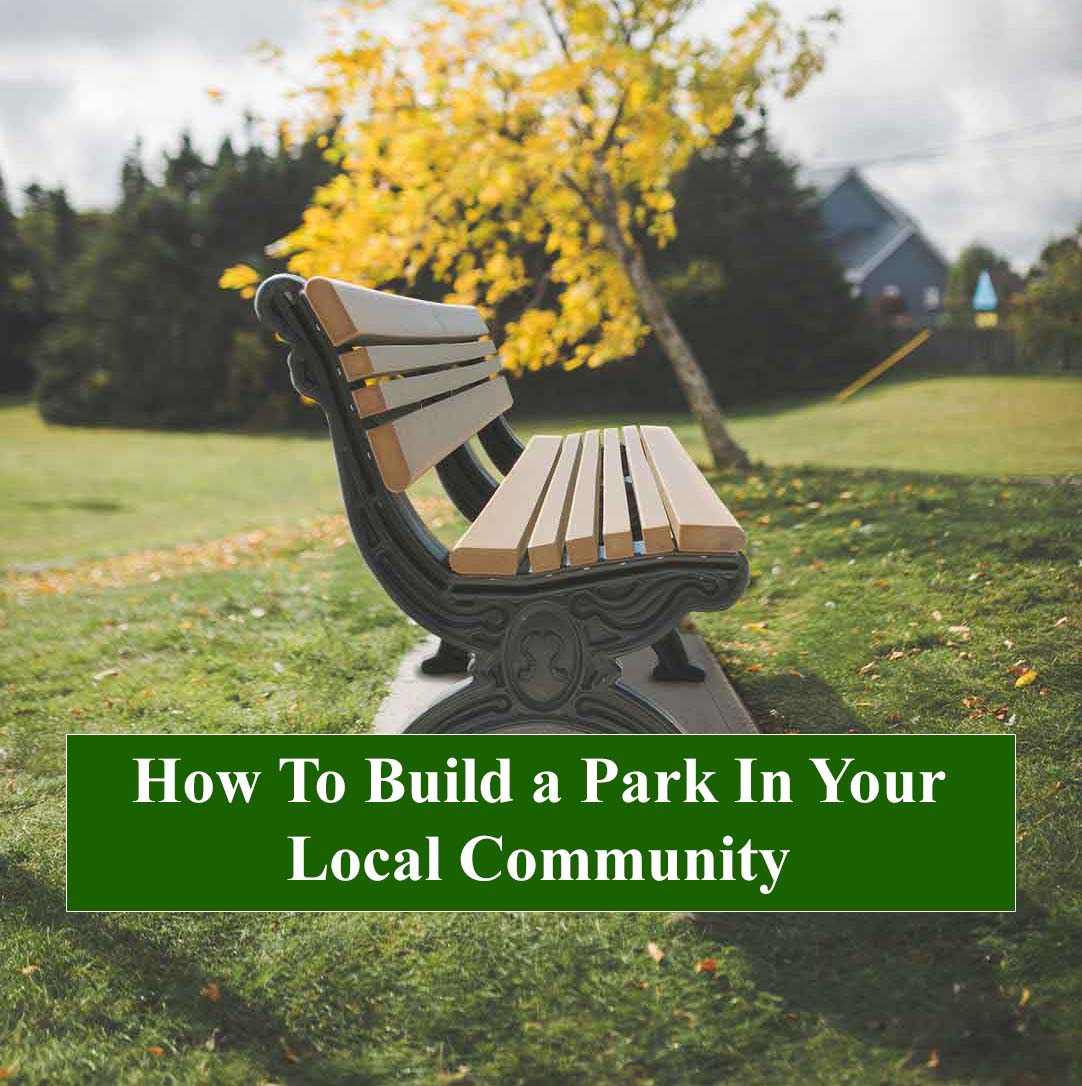

Building a park in your local community can have many benefits. Local parks provide an opportunity for outdoor recreation and physical activity, as well as enhance the area’s beauty. Sometimes, parks can even serve as a venue for local public events. By building a park in your community, you can help to foster a connection with nature as well as your neighbors. Additionally, parks are known to reduce crime rates and benefit both the mental and physical health of residents living nearby. And studies show that homes within 10 minutes walking distance of a park have higher resale values. The positive impact that a park can bring goes beyond just having fun; they are essential parts of vibrant communities.
What to Know Before Starting The Park Building Process
Before beginning the process of building a park in your local community, it is important to gain an understanding of any applicable regulations that may apply. Your city or county government will likely have local ordinances and requirements for the construction and placement of parks in your area. Be sure to familiarize yourself with these requirements so you can ensure that all aspects of the project are up to code.
Once you understand what kind of regulations must be followed, researching available resources should be next on your list. It’s essential to have a good idea about how much funding and manpower will be needed for building a park before you start the project. This means looking for grants, donations, volunteers—anything that can help offset the costs associated with building the park.
Finally, connecting with leaders in your community is vital for success when creating a new public space. Not only could they provide valuable advice and support during construction, but they can also act as advocates if needed down the line when seeking additional funding or assistance from other organizations within their network. Furthermore, having strong relationships with local leaders can also help/promote getting the word out about your new park project, which leads to better overall outcomes for everyone involved!
Planning Your Park Project With The City
When planning to build a park in your local community, it is important to begin by filing the necessary permits with your city or county government. Once you have filed these forms, you can move on to developing a timeline for the entire project. This should include identifying potential construction dates as well as estimated completion dates so everyone involved knows what expectations are from start to finish.
It is also essential to survey the land before starting any actual work. You want to make sure that you accurately measure how much space needs to be cleared for the new park and if any existing structures may need extra attention during construction. Additionally, surveying provides valuable information about topography and soil quality which helps determine whether drainage systems need special consideration or additional steps must be taken before breaking ground.
Finding Funding For Building Your Park
Finding funds for a project such as building a park in your local community can be challenging. However, by thinking outside of the box, you can greatly increase your chances of success.
The first step to finding funding is identifying potential sources that share a common goal with the outcomes of the new community park. Examples include government entities, private foundations, corporations, and individual donors who are passionate about similar causes in the area. It is important to research each source thoroughly before submitting any requests so that you have an understanding of their criteria and requirements prior to applying. Additionally, connecting with leaders in your community can help direct/guide you toward grants or other opportunities that may not appear on public listings.
After identifying potential sources of assistance, it’s time to write up an effective funding proposal outlining why they should support your project. It should provide a detailed explanation of exactly how much money is needed and where it will be used. Your proposal should also include short-term goals related directly back to the construction timeline as well as long-term objectives regarding usage patterns after completion—these details demonstrate clearly what kind of impact the new park could make within its community if given proper endorsement!
Finally, don’t forget about leveraging in-kind donations. A great example of this is Polly Products’ Donate a Bench Program. These types of contributions come from businesses or organizations offering goods and services instead of cash payments which helps keep costs down significantly while still receiving valuable items that are necessary for successful completion such as tools or equipment rental fees; these donations often come without strings attached making them particularly attractive options during times when budgets are tight!
Selecting The Right Park Equipment
Choosing the right park equipment reinforces the safety and longevity of your park. You should aim to work with suppliers that specialize in park equipment. It’s essential to make sure that all your park’s equipment will meet safety standards before purchasing anything, so ask questions about warranties or maintenance requirements beforehand. For example, recycled plastic benches are very low/no maintenance and durable, while also being great for the environment. Picnic tables are available in many shapes and sizes to accommodate the available space. Good choices are those that meet ADA-compliance so the park is inclusive to everyone. These are often 8 ft picnic tables which have wheelchair space at one or both ends. Other options include tables with step-in seating so guests don’t need to climb over the seat to use the table.
When selecting park equipment remember to keep comfort, usability, and accessibility in mind at all times. Creating a welcoming environment for everyone means ADA compliant tables and trash receptacles should be included, as well as accessible pathways and clear, smooth spaces adjacent to benches for wheelchair users. Factoring in things like ADA-accessible equipment, trash receptacle placement, and offering equipment for pets are all things you should consider based on the dynamics of your local community. These considerations ultimately lead towards greater inclusion within public spaces which creates stronger communities overall—and that’s something we should strive towards no matter what kind of project you’re working on!
Hiring Volunteers To Maintain Your Park
When it comes to maintaining and operating your newly built park, having a strategy to hire volunteers will ensure your park continues to provide value to your community. This starts with developing job postings that clearly explain the roles and responsibilities of each position as well as any qualifications needed for success in these positions. Additionally, be sure to provide information about how long the commitment will last and what kind of compensation (if any) is provided to those who participate. Maximize your volunteer hiring campaign’s reach by posting these job listings online or in physical locations around your area where interested individuals can find them easily.
After you’ve built your staff of volunteers for your park, make sure you invest in the proper training. Ensure all of your volunteers are familiar with basic first aid techniques and how the major equipment in your park operates. Equipping your volunteers with this knowledge can be especially helpful during situations like playground setups/breakdowns when additional assistance is needed.
Don’t forget about recognizing contributions made by each volunteer. A little bit of encouragement goes a long way. Consider offering incentives such as special discounts when purchasing items from vendors located nearby or even giving awards at end-of-year ceremonies recognizing notable donations and accomplishments. The more you invest in your volunteers, the more they will invest in the success of your new park.
Building a Local Park Benefits Everyone Involved!
Building a park in your local community is an incredibly rewarding endeavor that can bring many benefits to its residents. Not only does it create much-needed green space, but it also provides a place for people of all ages and backgrounds to come together to enjoy themselves and the community they built. Parks provide an opportunity for physical activity as well as mental health breaks from the hustle and bustle of daily life; they are also known to reduce crime rates in nearby areas due to increased surveillance from citizens who frequent them regularly!
Taking on a project like constructing a park in your local community is not something to take lightly; however, following the tips outlined above will help ensure that you have taken into consideration every aspect required for success! Ultimately, building this kind of public space is beneficial for everyone involved and should be celebrated whenever possible—so get out there today and start making positive changes in your neighborhood, today!
#localpark #buildapark #communitypark #parkbench #parktables

























